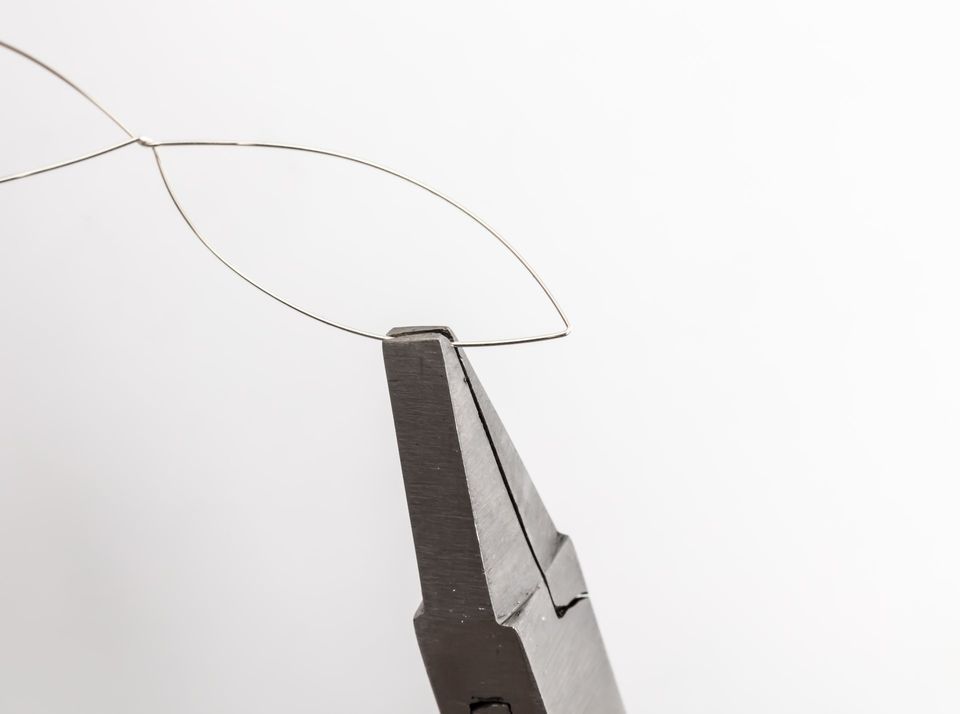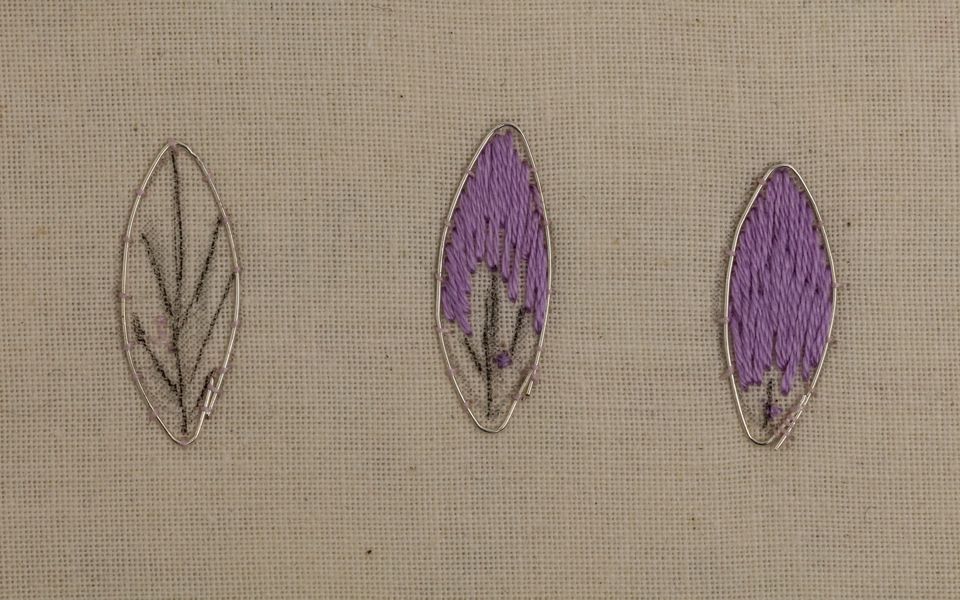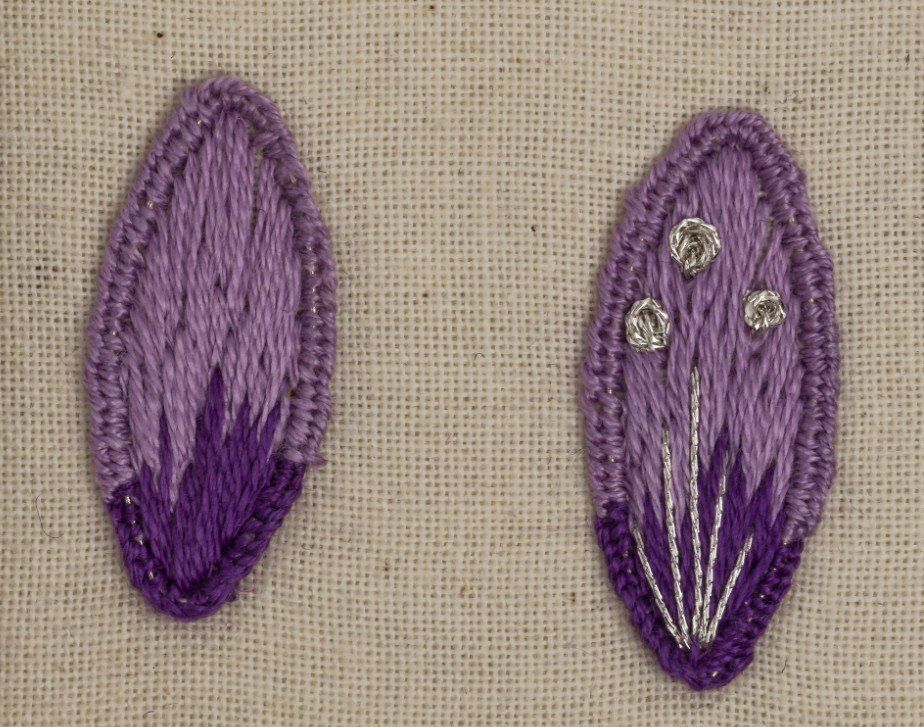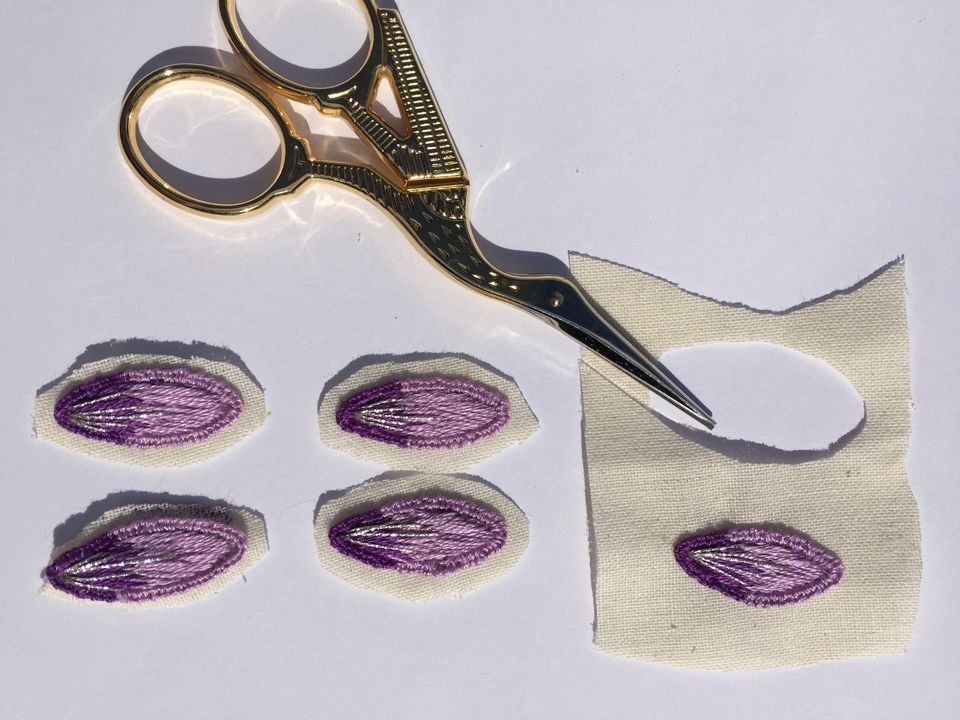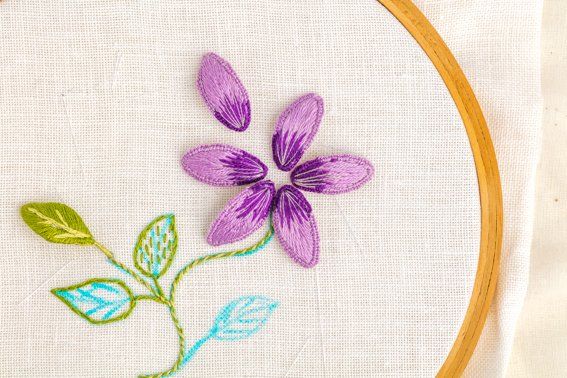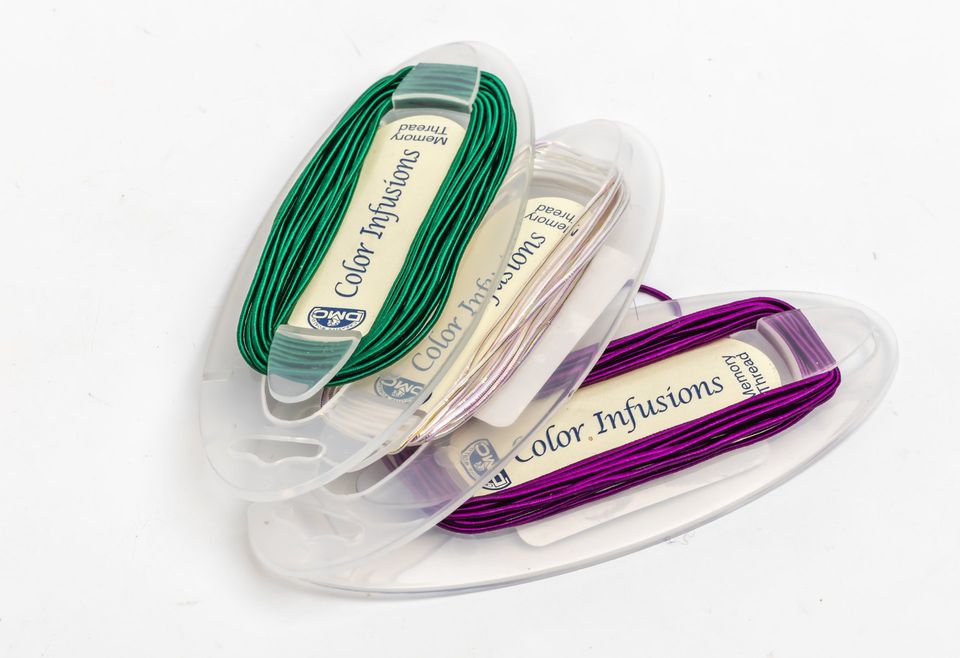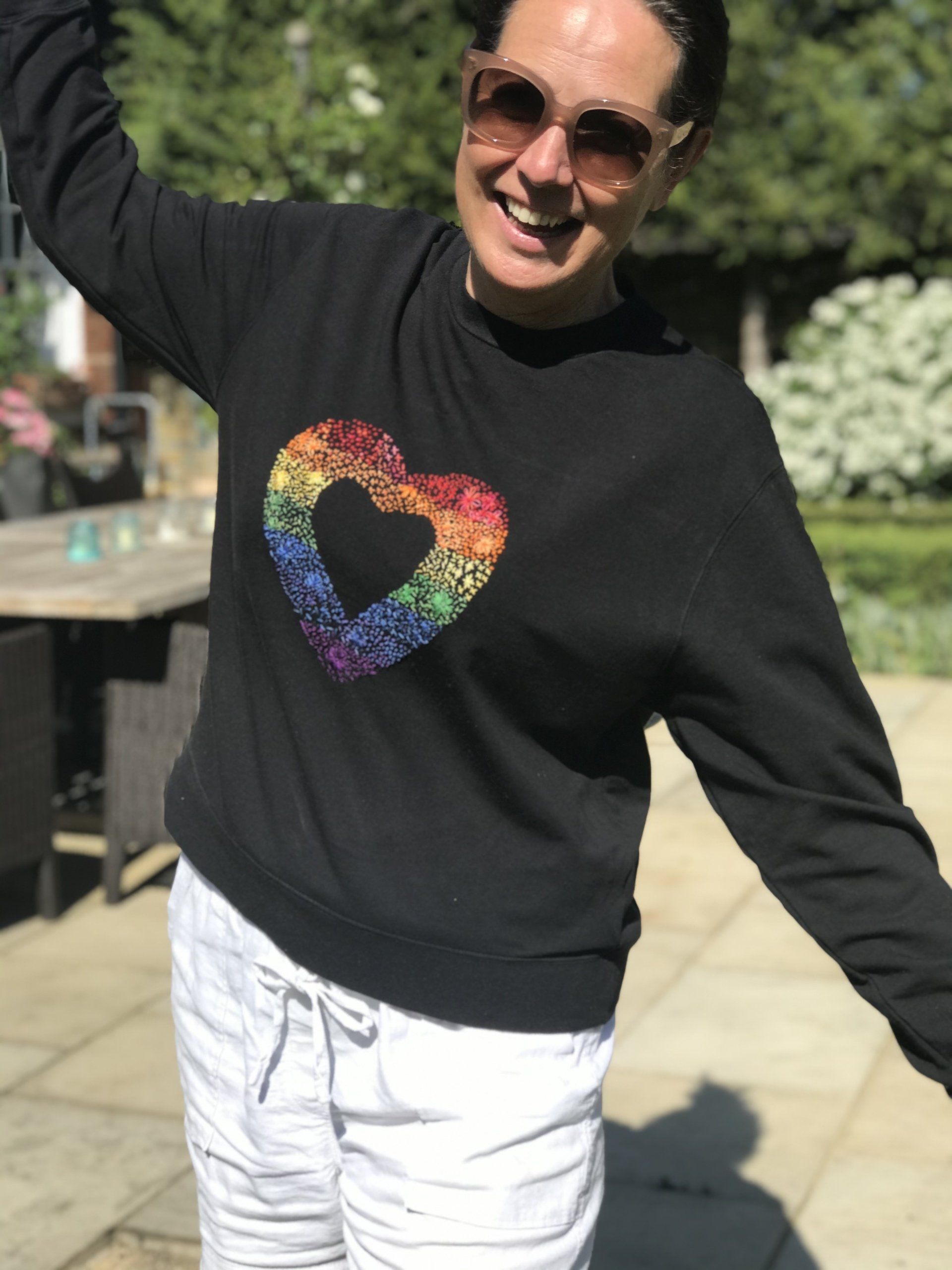Flowers always bring a smile so make some that will always there for you.
The petals of this flower have wire embroidered into the edges making them mailable and give the piece more interest and depth to the work.The next few pictures will show you how to achieve a 3D flower for your embroidery projects. I hope this blog will help you understand the basic principal if you have any queries please contact me for help.
Materials and tools required for the project
Bead wire 3mm bead wire or a 30 gauge floral wire.
DMC memory wire for the central stamens.
Some plain fabric to embroider the 3D elements with. I use a good quality calico.
Hemline craft glue.
DMC six stranded floss. No 552 and 554.
Wire cutters and a pair of flat nosed pliers.
Scissors.
Needles.
Matching dressmaking thread.
Stiletto.
I used a clematis plant from my garden for the start of the design. Its good to take a photograph and if you don't feel confident painting try drawing simple lines, even take the flower apart petal by petal to clearly see the shape and how it is formed. You can even trace shapes using tracing paper over the photograph.
You now need to create the wire shapes for the petals. Draw the shape onto a piece of paper and use a pair of flat nosed pliers to create the shape, this looks more difficult than is is and keep trying.
Attach the shapes to the fabric that you are going to embroider. Use a fine needle and matching dressmaking cotton.
Make sure the wire is securely fastened where it overlaps. Now using three strands of the dmc thread in the lighter colour fill the shape in, start at the top using long and short stitches. It can be useful to draw directional lines towards the growing point at the bottom of the petal.
Use the darker DMC thread at the very bottom of the petal to create depth
Work buttonhole stitch enclosing the wire. Change the colour as the embroidery colour changes in the main body. Work from the botom left around to the bottom right.
You can add further interest by using french knots or straight stitches as shown.
Carefully cut out the embroidered petals. Leave about 2/3mm of fabric around the edge.
Use hemline craft glue to carefully glue the excess fabric to the back of the piece. Use a cocktail stick to manipulate the fabric if you find it a bit messy on your fingers. Make sure the fabric is really pulled to the back of the piece so the buttonhole stitch stands proud.
Arrange the petals onto the main embroidery. Sew the petals' using one strand of the DMC thread or matching dressmaking thread. Sew at the bottom of the petal only.
Make the stamens for the flower using memory wire. Curl the end as shown above using your flight nose pliers. You may want to put a piece of glue onto the end before curling to prevent unravelling of the thread around the wire.
Using a stiletto make a hole in the centre of the flower and insert the stamens.Turn the piece over and secure the memory wire to the back of the piece using an overcast stitch with dressmaking cotton. Cut off the excess wire.
Finished Flower with 3D petals.







